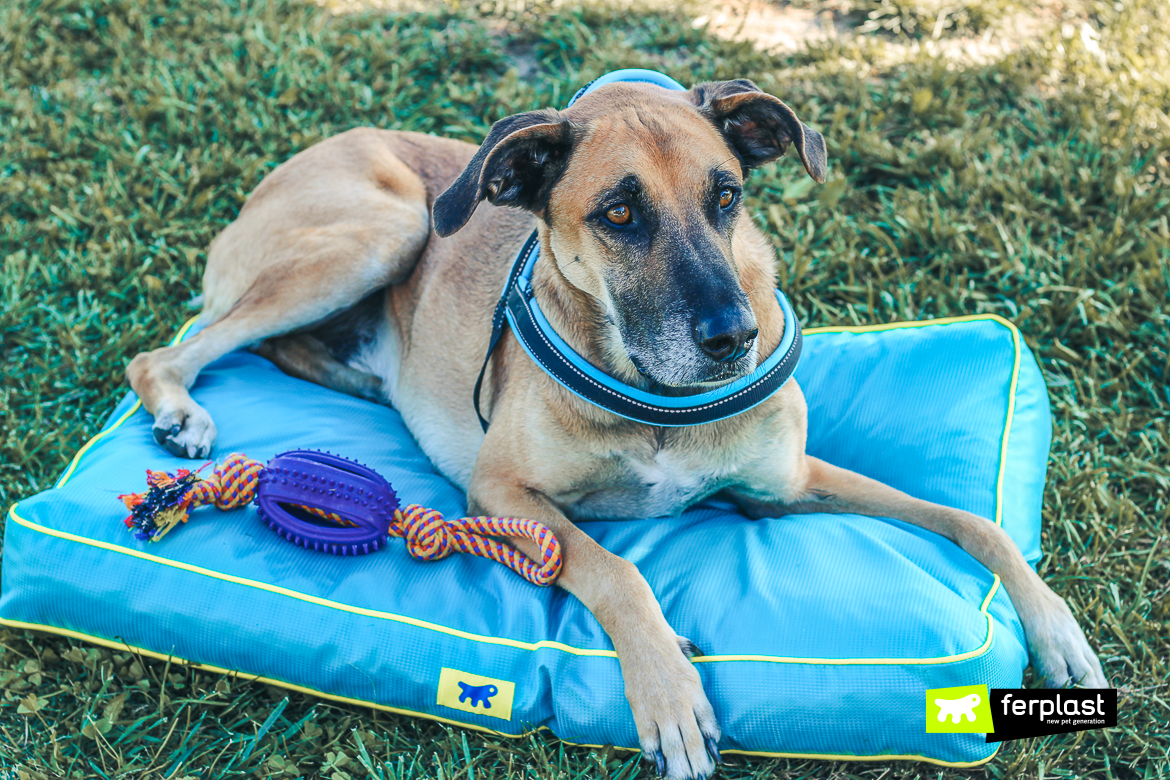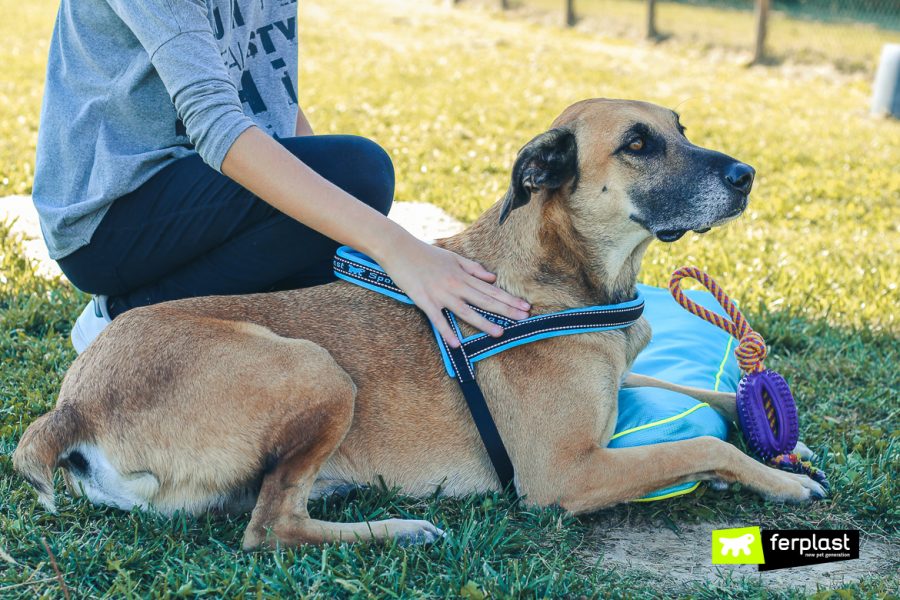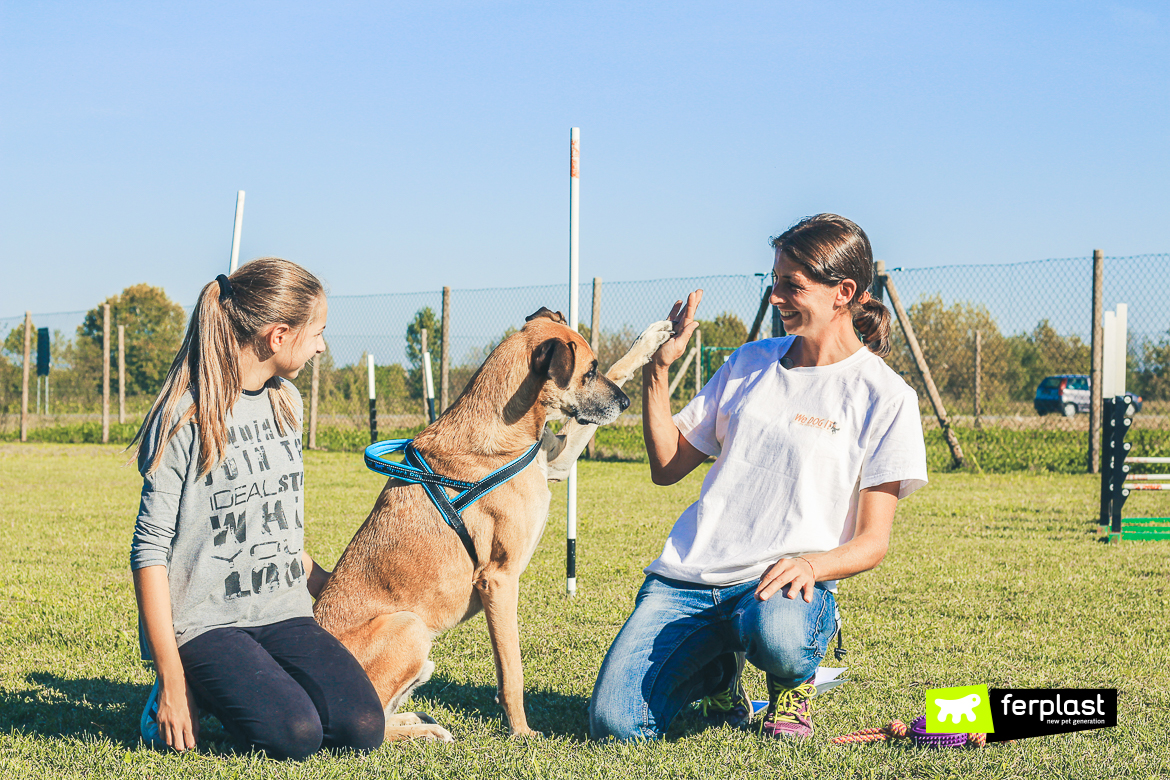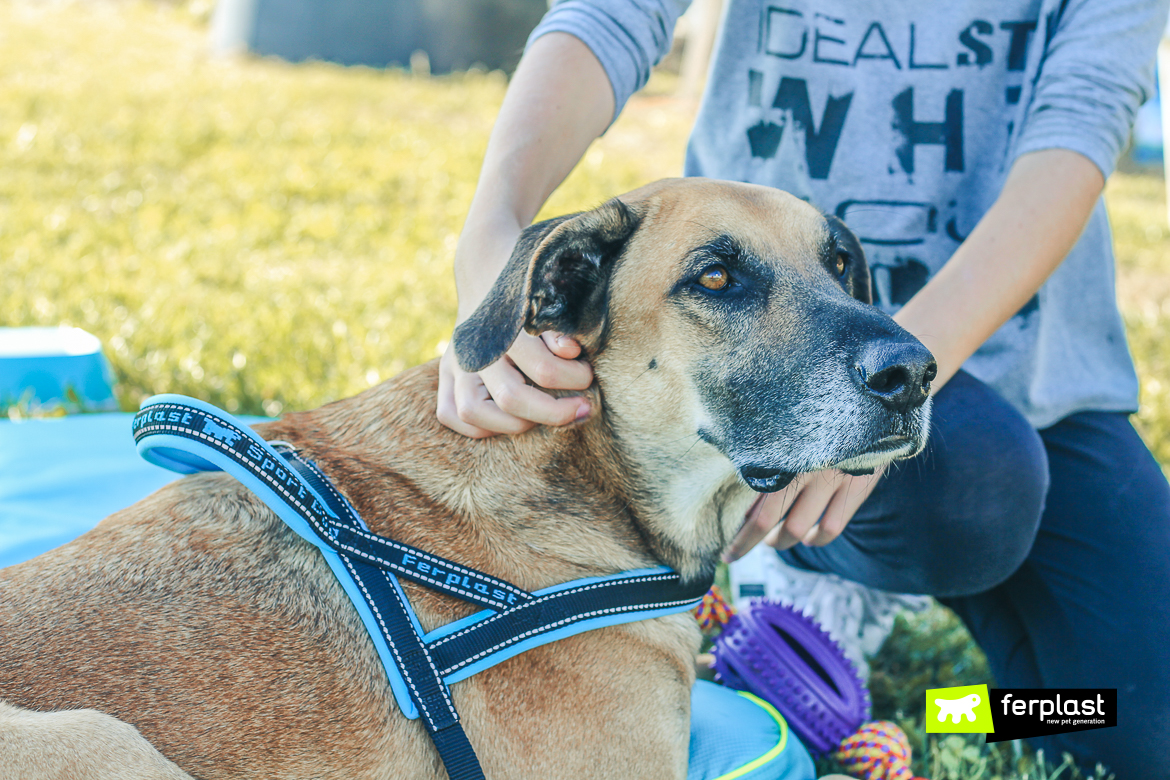How do you teach children to develop a proper relationship with your dog? We’ve decided to come up with a guide with our friend and dog trainer Elisa Pellizzari, owner of the WE DOG IT training centre, to understand how to make your children and your dog interact in the most suitable way.
Children must be educated on how to interact with dogs since they’re very little. There are a few simple rules that help establish a proper relationship between them, without facing dangerous situations.
Observe your dog’s body language
One of the first things we should take into account when we’re teaching a child the proper way to approach a dog is to have the child watch the dog and understand his body language.
This is a very complex issue, subject to much debate, but we can safely state that dogs communicate their mood by moving their ears, tail and nose, and we can understand whether they’re comfortable and happy by watching how they move.
 If your dog’s ears are straight and pointing forward, it means he’s keeping a watchful eye on his surroundings, concentrating hard. If the ears are back and the eyes are wide open, it means your dog is scared. If he licks his own nose, he’s relaxed; if he snarls, showing his teeth, this is a clear warning sign. Low tail between his legs means sadness or fear; a dog wagging his tail and moving fast is a happy dog.
If your dog’s ears are straight and pointing forward, it means he’s keeping a watchful eye on his surroundings, concentrating hard. If the ears are back and the eyes are wide open, it means your dog is scared. If he licks his own nose, he’s relaxed; if he snarls, showing his teeth, this is a clear warning sign. Low tail between his legs means sadness or fear; a dog wagging his tail and moving fast is a happy dog.
The same goes for the position of the body. Low body, curled up, is a clear indicator of fear: body leaning forward with straight legs and fur rising on his back means he’s angry. When your dog’s body is in axis, it means he’s paying attention, observing something or trying to figure out where a certain smell is coming from.
Where to caress a dog and where you’re not supposed to
After explaining to the child how to interpret your dog’s body language, it’s crucial to let them know where they can caress the dog and the spots they should never try to touch.
Dogs don’t like being caressed on their heads, especially by someone they don’t know. For dogs, this is a gesture of domination, and they could never tolerate being submitted. Keep all hands away from tail and paws, very sensitive spots.
Dogs usually enjoy being caressed under the chin or on the chest, behind the ears or on their sides. If they’re in a situation in which they feel at ease, petting them on these spots can be very relaxing for them. It’s important to avoid jerky, unexpected movements and take your time, so as not to risk scaring them. Run your hand along his side, all the way to the end of his spine.






